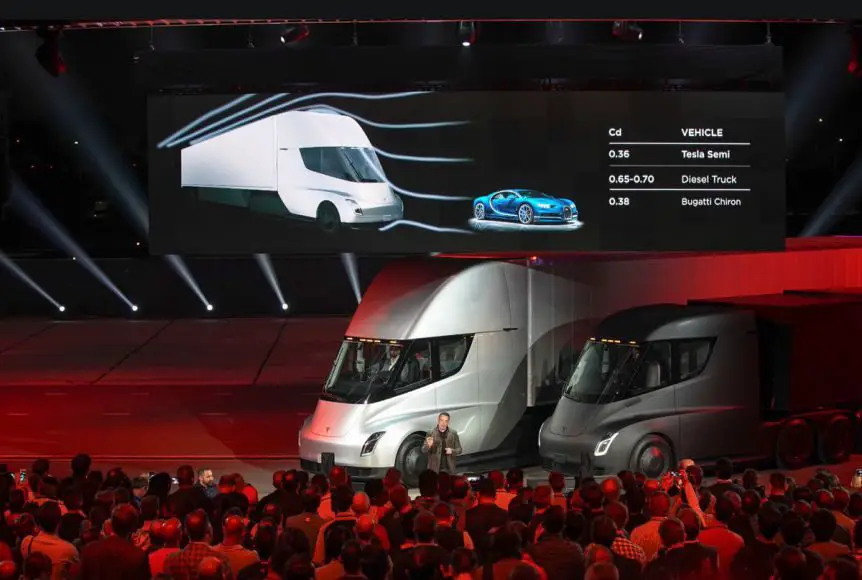Tesla finally released pricing on their new Tesla Semis. 300-mile range versions will cost $150,000 while 500-mile versions will cost $30,000 more.
Tesla has finally relented to the demands of those who are actually interested in purchasing their new Tesla Semi and has released pricing on both versions of their prototype Semis. According to Business Insider on their coverage of these unlikely Teslas they dropped earlier today (Nov. 24, 2017) the 300-mile range Semi will start at $150,000 while their longer range 500-mile version will start at $180,000.
While these prices aren’t entirely out of the range of some newer model Macks or Peterbilts, there are some points worth checking out. Thankfully, I ran across an article by someone who seems to be in the know in the trucking industry, presumably someone whose actually owned and operated trucks, and he brings up some good points.
First, there is the pricing. Compared to a diesel semi, conventional powered semis are, right now, cheaper and have undoubtedly more range up front. These Tesla semi’s start to not make much fiscal sense once you compare a brand new Tesla Semi to a slightly used, but still mostly new, diesel semi.
Elon Musk claims that owners would only have to wait two years to recoup their expense on the truck. According to Donn Bailey, a Tesla semi would have to drive 360,000 miles a year to make that happen. Impossible for what short-range truckers drive. He, however, does concede the equation tips the scale towards the Tesla once you have sleeping quarters attached.
The battery pack, also, might pose a problem for Tesla semis. By the authors calculations, this Tesla Semi would need a battery pack at least 14,000 pounds in weight given the range and comparable weight to a Tesla Model S’s battery pack. Given the weight restrictions on a truck’s front axels and the claimed max GVWR rating for trucks, that battery pack could eat into the total weight of the truck.
Finally, interestingly enough, the author brings up the oppurtunity cost of their Semis. Hypothetically, if the battery pack in a Tesla semi could theoretically be broken apart and used to power 10 Tesla Model S’s, what would make more sense financially to build? Surely, the 10 Model S’s over just one truck.
All the stats on Tesla’s new Semi have yet to be revealed, most importantly, the official weight of the truck and the actual size of the battery pack. Perhaps Teslas has stuffed better batteries underneath?
From my viewpoint, this Semi is the least of their problems. They’ve still got thousands of Model 3’s to deliver to awaiting customers.




